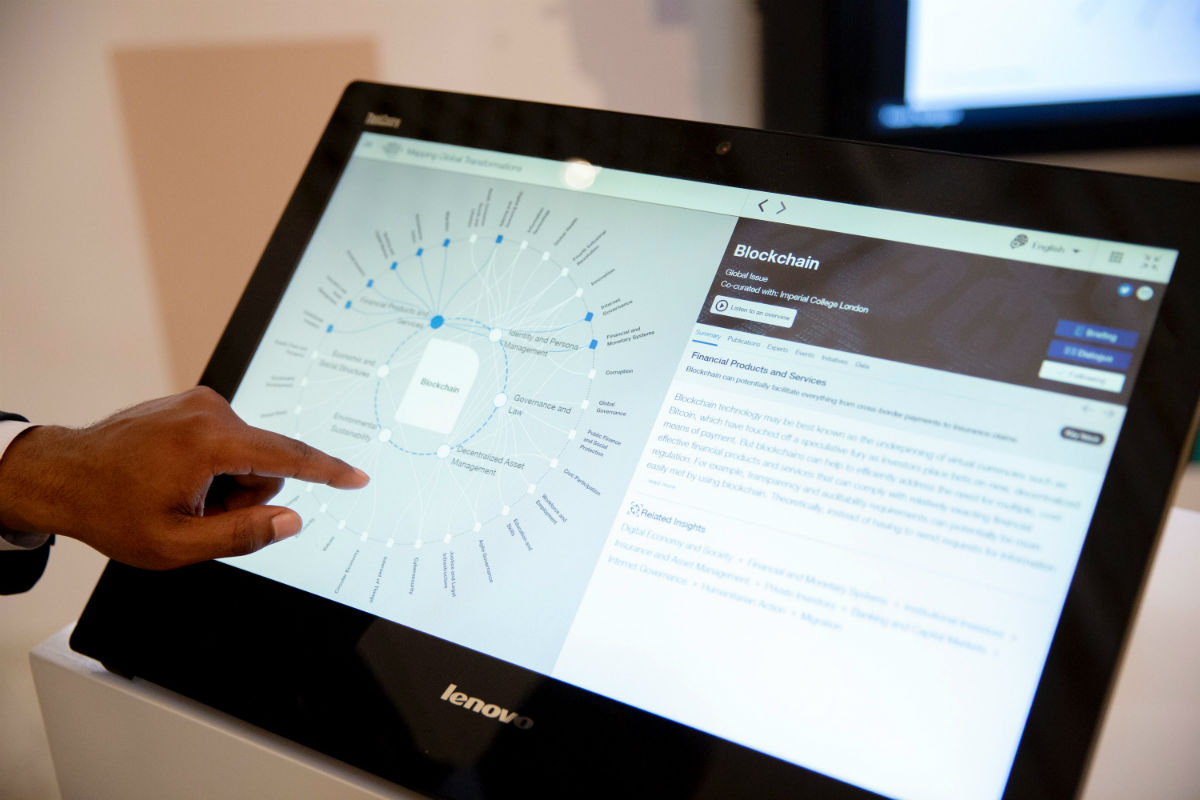The deployment of artificial intelligence (AI) is constantly progressing to cover wider areas. For several years now, this technology based on the collection and interpretation of data has been revolutionising the world of sport. Let’s take a look at these extensive uses that come with real benefits.
- 1 What is artificial intelligence ?
- 2 What are the links between sport and artificial intelligence ?
- 3 AI data to recruit new athletes
- 4 Improving individual and collective sporting ability
- 5 Connected equipment for better performance
- 6 Predicting sports injuries using artificial intelligence
- 7 Other benefits of artificial intelligence in sport
- 8 Example of the use of artificial intelligence in sport today
What is artificial intelligence ?
In a context where data is increasingly numerous and voluminous, it is becoming difficult for the human brain to process it. A technology based on artificial neurons has therefore been developed to simulate and reproduce human intelligence. This is AI.
The concept is based on machine learning. In other words, humans teach machines how to analyse and reason. The algorithms then use the multiple simulations to execute the expected tasks autonomously. The execution in question takes place within deadlines that are impossible for humans to meet, given the massive data that must be processed, often simultaneously.
What are the links between sport and artificial intelligence ?
The adoption of AI in this field is mainly driven by the need to provide greater precision in performance analysis, result prediction and optimisation of athletes’ progress. With machine-processed data, it becomes easier to optimise training sessions and establish probabilities of results based on a large number of scenarios.
The various applications of AI will be discussed at the World AI Cannes Festival, which will be held at the Palais des Festivals et des Congrès in Cannes. This event will provide an opportunity to better understand the impact of artificial intelligence in our daily lives in fields as varied as finance, biosciences and sports. If you are interested in this event, I invite you to go on their website to know everything about it !
AI data to recruit new athletes
It seems that the sabermetric approach is the precursor to recruiting based on advances in technology. Referred to by Earnshaw Cook in his book Percentage Baseball (1964), the method was popularised by Michael Lewis’ book Moneyball (2003) and then by the film of the same name (2011). It is a technique that relies on statistical analyses of stolen bases, outs on attempted steals and other parameters that determine a player’s performance level.
Although sabermetrics was initially considered unconventional and expensive, scouts who have adopted it have reaped significant benefits. For example, the Oakland Athletics have been able to reach the level of the best teams thanks to the values of the players recruited via a sabermetric strategy.
Many football clubs are also exploiting AI to become more competitive. Traditionally, scouts attend games to identify players with the best potential. Machines now complement this approach by building a scorecard detailing the advantages and weaknesses of footballers. Based on these reports, recruiters consider transfers.
Improving individual and collective sporting ability
The data processed by artificial neurons offers crucial information. Indeed, vital measurements are analysed with extreme precision. The same applies to the movements performed and the reactions of the athletes to the different situations that arise during training or competition. The machines then identify the angles of approach that optimise performance, both individually and as a team.
This is possible because the technology is unbiased, unlike humans who can be overwhelmed by their emotions. Moreover, algorithms do not only identify weaknesses. They also suggest solutions that enable the athletes concerned to progress: nutritional plans, training programmes, posture corrections, etc.
As far as teams are concerned, the analysed data and the resulting reports help to adjust collective tactics. For example, coaches can define the best ways to position their players, so as to optimise the team’s ability to progress towards a common victory.
Connected equipment for better performance
Connected objects are ubiquitous, and the field of sport is taking particular advantage of them.
There are insoles with pressure sensors that record the distances runners run, the accelerations of a tennis player or the passes and shots of footballers, among other performance parameters.
There are also connected watches, bracelets and clothing that measure body temperature, calories burned, walking/running speed, heart and lung activity, sleep quality, distance travelled…
All the information collected and analysed by the connected sports equipment offers the prospect of understanding the capacities of each individual and therefore of defining the training modes that optimise the achievement of personal objectives.
Predicting sports injuries using artificial intelligence
The prediction can be based on data recorded by the sensors integrated into the connected accessories as well as on digital images. Indeed, AI makes it possible to analyse the state of fitness of each athlete and to evaluate his or her movements while considering his or her history. This results in the establishment of an individual profile thanks to which the technology based on artificial neurons determines the risks of injury.
The suggestions made at the end of the session or in real time (depending on the specificities of the technology used) then make it possible to anticipate possible dangers to the athlete’s health, particularly injuries: falls, sprains, etc.
Other benefits of artificial intelligence in sport
Refereeing is always a delicate matter insofar as errors are detrimental to those who make them. The impartiality and integrity of referees could also be called into question. Artificial intelligence is changing the game by providing assistants for decision making. This is the case, for example, with the slow-motion videos that can be viewed during football or basketball matches.
In tennis, it is also possible to use digital refereeing systems that record the positions of players and balls. This makes it easier for human referees to analyse the action and make a fair decision.
In the world of sports betting, artificial intelligence is used to make reliable and accurate predictions. Each prediction takes into account performance history, injuries and rehabilitation times, results of similar matches, etc. Add to this the fact that the machines have the ability to detect fraudulent bets and attempts at rigging that may escape human scrutiny.
In addition, the fan experience is more immersive. The technology allows simultaneous actions to be compiled and shown from different angles in real time. Spectators can also choose how they want to follow the match: focus on a particular player, follow their favourites exclusively, keep an overview of the competition, select the viewing angle, etc.
Example of the use of artificial intelligence in sport today
Artificial intelligence and big data are already being used on a large scale. They can be used to analyse the way an athlete moves, the trajectories of balls, the reactions of a racehorse, the speed of a racket, and so on. These uses are mainly based on the advantages of connected equipment but also on the advantages of images and videos submitted to the machines for study.
More concretely, AI provides analytical and predictive information that contributes to performance gains in all sports disciplines that use it.




